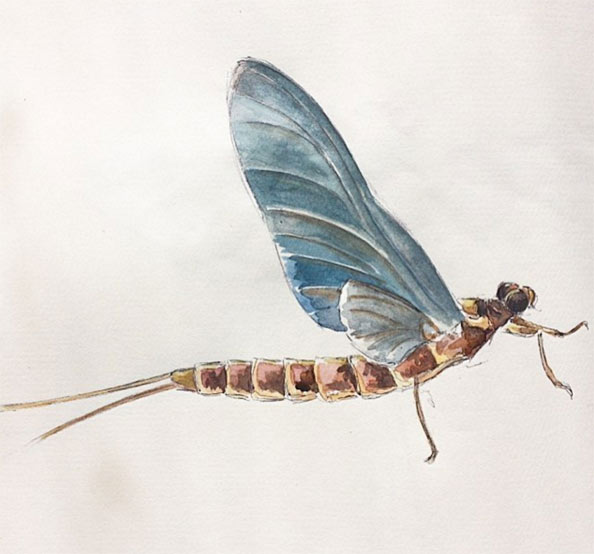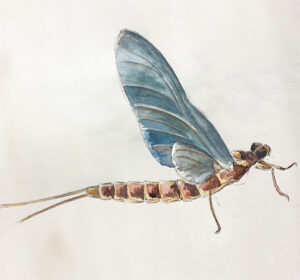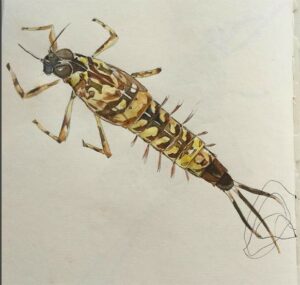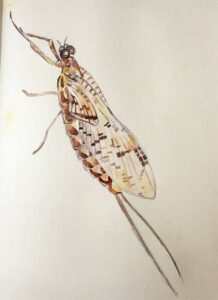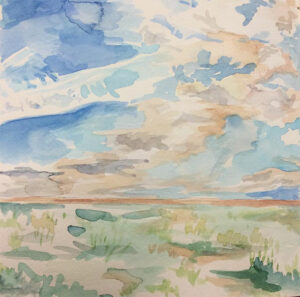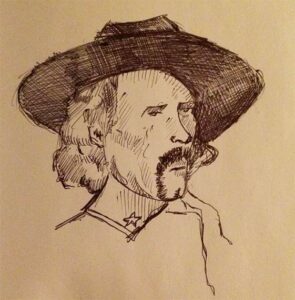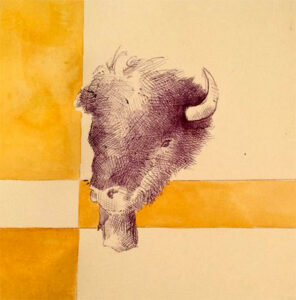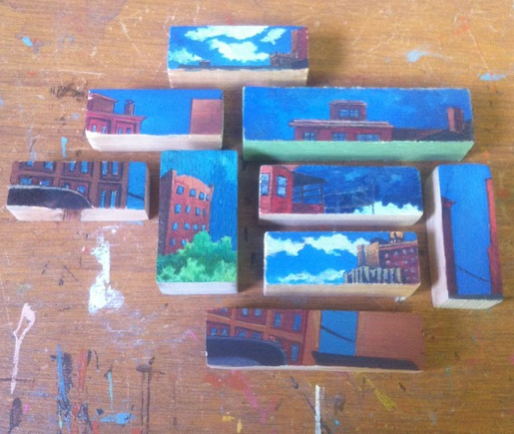My idea eludes me. I have been reading such a variety of sources, but I can’t discern what it is that I am searching for, conceptually. I have two projects on the horizon. They seem inextricably linked. The one; an group exhibition focused on explorers. The desire of this show is to begin a dialogue on imperialism, disparate cultural histories, and the validity of historical accounts while trying to capture the excitement of the unknown. The second; a relatively loose project concerning Lewis and Clark, the “Indian” Wars, and Western expansion. My colleague and I wish to retrace some of the steps of Lewis and Clark through South Dakota, where he lives, in order to discuss what we see and to find what is at the edge of our knowledge.
I’ve been reading books by naturalists and historical accounts of explorations. Both seem relevant, as the majority of what was reported back when discoveries were made were accounts of flora and fauna and cultures who lived in particular areas. While cultural studies and naturalist studies are far from the same thing, they require the same sort of keen observation. I was reading an interesting passage quoted from Reaumur in Mary Terrall’s, “Catching Nature in the Act,” yesterday:
“The spirit of observation, the kind of spirit essential to naturalists, and commonly assigned to them, is equally necessary to progress in every other science. It is the spirit of observation that causes us to perceive what has escaped others, that allows us to grasp the relations among things that appear different, or that causes us to find the differences among those that seem similar. We resolve the most difficult problems of mathematics only once we can observe relations that do not reveal themselves except to a penetrating and extremely attentive mind. Observations make possible the resolution of problems in a physics as in the natural history– because natural history has its problems to solve; it even has a great many that have not yet been resolved.”
This passage struck me as particularly poignant as it described to me not only how a scientist or a biologist might approach a problem, but also how a creative person might approach a problem. I always feel that the job of the artist is to observe that which is not observed by the average person, to re-present that information in such a way that it draws attention to the unnoticed.
I’m finding in my reading that nearly all of the old naturalists were both artists or draw-ers as well as scientists and whatever other position they might have held in society. It is interesting to me to think then, that we have “progressed” as a society to a point where we often think of the arts as superfluous. However, if we take the time to really look at the things we are studying, and drawing the things we study certainly requires this heightened level of looking, then perhaps we actually will learn and know more.
I suspect that that is what I feel like is missing in both the study of explorers and the fur traders. While we may, perhaps, understand what the respective parties were doing. We don’t understand where they were, and while it is quite obvious that we can never return to the level of “wild” that our planet was in prior to its discovery by “modern civilizations,” we can still only understand the urgency in these discoveries if we see for ourselves what the trail, flora and fauna must have looked like. In order to do this, you must be there as much as you are capable, for reading is only as good as the observations of the person before you. To understand the whole picture is to develop an educated opinion.
Here are a few of the sketches that I am muddling through as I attempt to become better versed in “looking.” Hopefully taking this level of looking with me to South Dakota will help me understand the idea of discovery.
